“Euro-Maidan” one year on: wine reflections from Kyiv
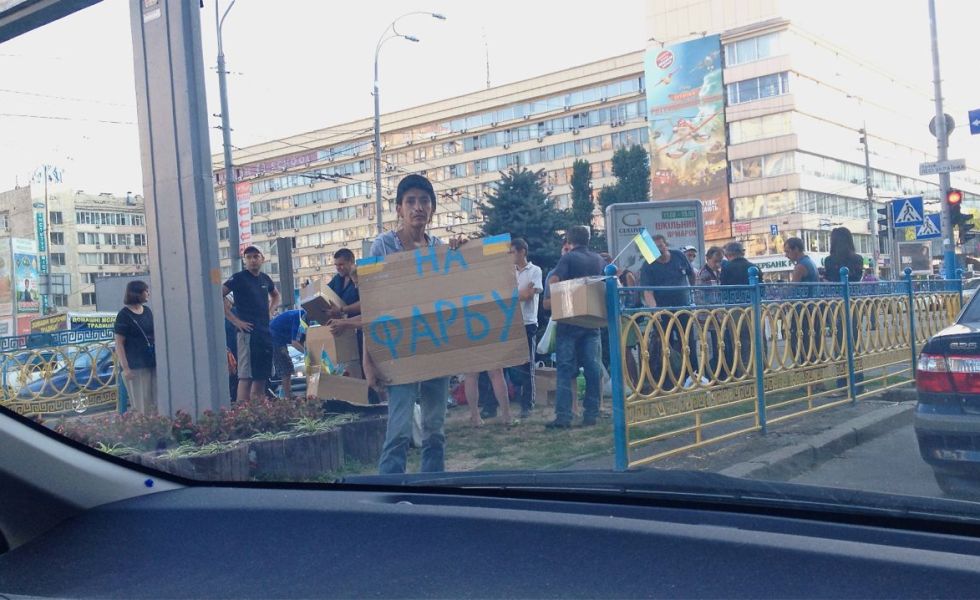
25 November 2014
By Panos Kakaviatos for Wine-Chronicles.com
Last Friday marked the one year anniversary of the “Euro-Maidan” uprising that led to the ouster of Russia-backed former president Viktor Yanukovych – and later to Russia’s Crimea annexation and continued conflict in Donetsk and Luhansk.
Underscoring the power of social media, the Associated Press reports that Ukraine’s revolution began with a status update on Facebook: “Angered by another high-handed move by an increasingly unpopular government, activist reporter Mustafa Nayyem called for a rally on the country’s most famous square, Maidan Nezalezhnosti — Independence Square.”
The rest, as is said, is history.
WINE AS A WEAPON OF WAR
When I visited Kyiv this past August, I did not go on behalf of my employer the Council of Europe but for a commission from Meiningers Wine Business International to write about Ukraine’s wine market, following adoption of the EU Association Agreement.
Although a country still in conflict, the long term effects of this agreement should be both interesting and complex, as you can read in my article, Wine as a weapon of war, which was only possible because of the wonderful people I met in Kyiv and the warm welcome that they gave to me.
Life is difficult in Ukraine. The economy is reeling because of the war, with record low exchange rates making business difficult. Work is hard to find.
Yet when I was there, I encountered people enjoying life: whether at a cafe, in a nightclub or along improvised “beaches” along the Dnieper River.
One of the most memorable days there was a food and wine gathering on Sunday 17 August at a private apartment, organized by Oleg Kravchenko, who had been named Ukraine sommelier of the year in 2011, and who organizes educational wine tastings and consults restaurants for wine lists.
Kravchenko runs the Kyiv Wine Club which meets regularly for blind tastings and meals, including this one, hosted by enthusiastic member Dmitry Tolmachov, a government procurement manager. Tolmachov goes on wine tours in Europe and, because of the crushing exchange rate, encourages wine aficionados in his government circles to discover good price/quality ratios from regions like Burgenland in Austria, he explained after a recent visit there.
Participants enjoyed an elaborate home-cooked meal. I helped cut some veggies and prepared some of the appetizers, but Kravchenko was the chef.
From homemade aubergine puree and perfectly seared steaks with corn on the cob to some of the most delicious beets I have ever had, the meal was magnificent.
Blue and yellow table settings stressed solidarity with Ukrainian soldiers fighting not so far away. And we tasted a dozen wines, from Israel to South Africa, by way of France and Italy.
And ended with a well known classic from the Soviet era: “It is not the best vintage,” remarked Kravchenko, but it was certainly pleasurable.
Perhaps the highlight was playing a game of Winespiration – a soon-to-be trademarked wine board game created by Jenia Nikolaichuk, Ukrainian wine consultant and WSET Level 3 graduate.
Similar to Trivial Pursuit, her invention includes player pieces made from corks.
The winner advances quickest by correctly answering the most questions, which come from a deck of cards ranging from easy green-colored to black colored specialist cards randomly drawn on each turn.
So all of us sat around the board game and formed teams. It was not so easy for me as everyone spoke Russian but Jenia kindly translated into English so that I could play.
When one black card was drawn, everyone was stumped with a question about which Burgundy appellation features Sauvignon Blanc. Thanks to the game, players learned that Saint-Bris is an AOC located a few kilometres southwest of Chablis and yields wines made from Sauvignon Blanc and Sauvignon Gris, rather than Chardonnay or Aligoté, the two commonly known whites associated with Burgundy.
Other highlights included going to an art galley opening of landscape art in Ukraine, which included a sad video report on the regions in conflict.
But most of the art included original renditions of authentic Ukrainian landscapes and to see people dressed up and going to an art show was fun.

Italian wine importer Ihor Zoria in Kyiv: the wine is a 2003 that tasted fresh and delicious – and costs well under 10 euros per bottle.
Many thanks to Olia Zoria and her father Ihor Zoria for the invitation. Ihor sells Italian wine to the Ukrainian market and provided me with much insight for my article in Wine Business International.
Kyiv is a beautiful city that exudes what I would call a “relaxing vibe.” The nightlife pulsates: no shortage of clubs and bars and if you want to stay up all night, and have lots of fun, you can :-). But there is a relaxing attitude among most citizens here.
Friendly and easy going. I enjoyed for example a stroll along the artsy Andreyevskiy spusk, literally meaning Andrew’s Descent in the historic Podil neighborhood. The street, often advertised by tour guides and operators as the “Montmartre of Kyiv”, is a major tourist attraction and often the site of arts and crafts and music.
The descent winds down steeply around the Zamkova Hora hill, ending near the Kontraktova Square in the Podil. The Andriyivskyy Descent is marked by a couple historic landmarks, including the Castle of Richard the Lionheart, the 18th century baroque Saint Andrew’s Church, famed Russian writer Mikhail Bulgakov’s house, and other monuments.
In order to write my article – see below – many thanks go to more people in Kyiv not mentioned above, including Alexei Dyakov of the Trubetskoy Winery (a good producer of Ukrainian wines), wine writer Valeria Trufakina, Tatiana Nedzviga, Tatyana Kuzmenko of Wine Kolonist, Alexander Prikhodko of shop-vine.com, Ihor Nykolyn of the Ukraine Vintners Association, Ievgeniia Rodionova, a wine writer and tasting judge, and Christina Xinias of Dolmart Ukraine, among others for making my stay both fun and interesting.
Wine as a weapon of war in Ukraine : Article in Meiningers Wine Business International
When Ukraine moved closer to the EU, Russia annexed Crimea, where much Ukrainian wine was produced. This action may open doors to EU wine imports and improve local wine quality.
 Wine Chronicles
Wine Chronicles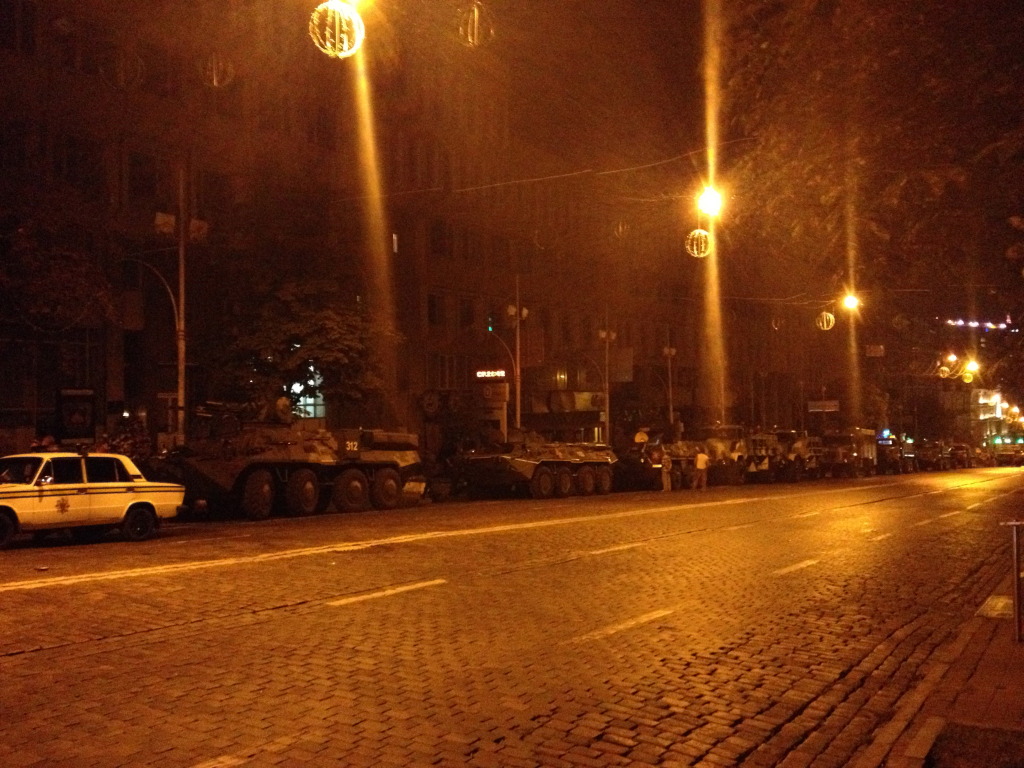



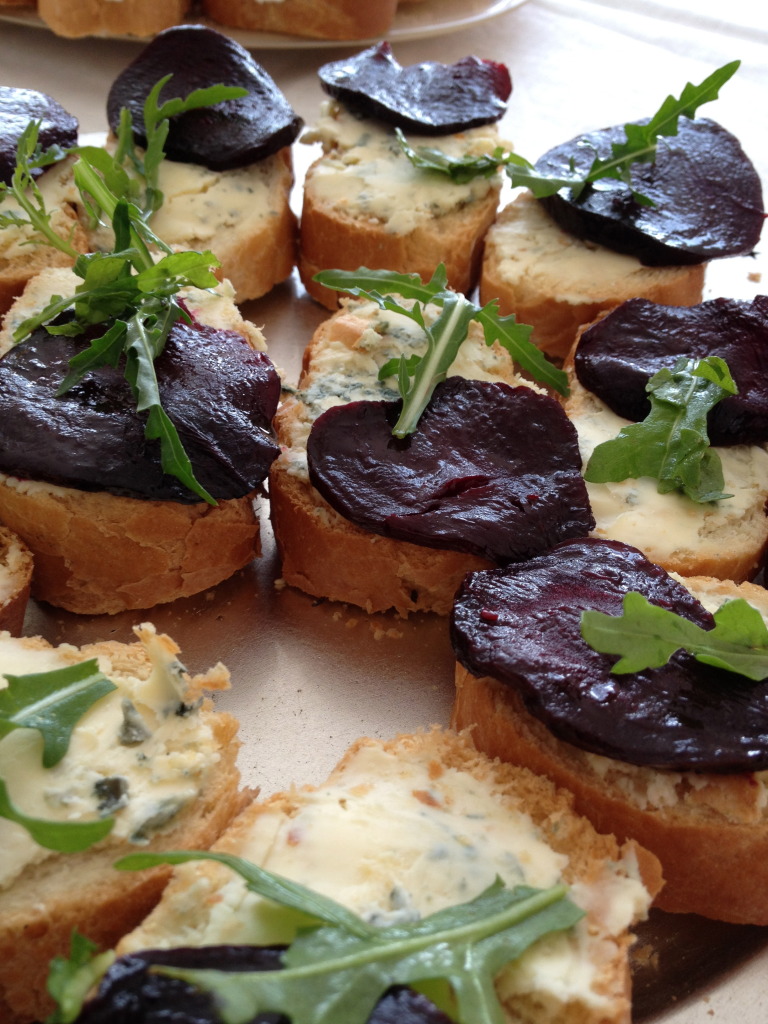

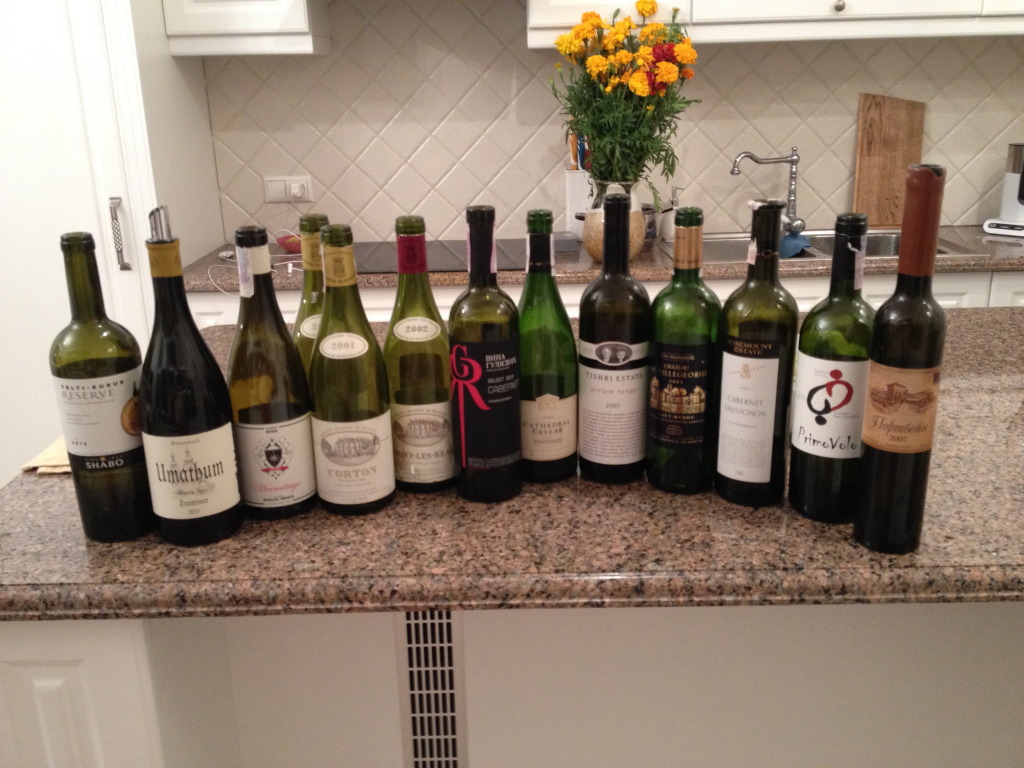

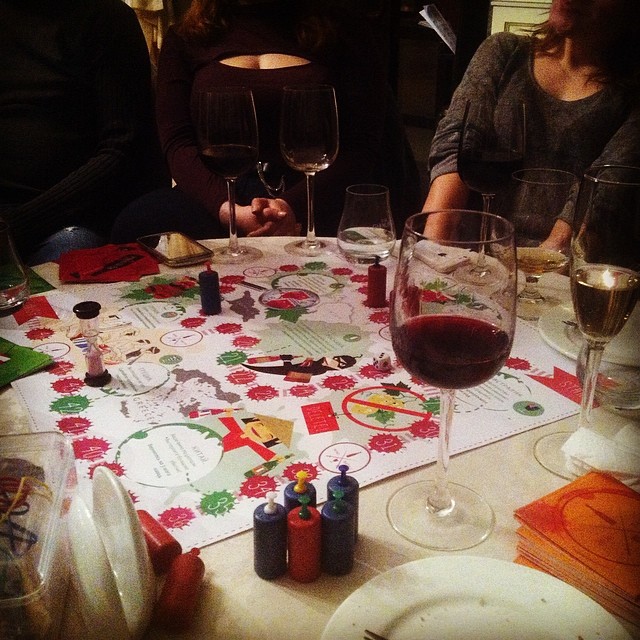







Share This